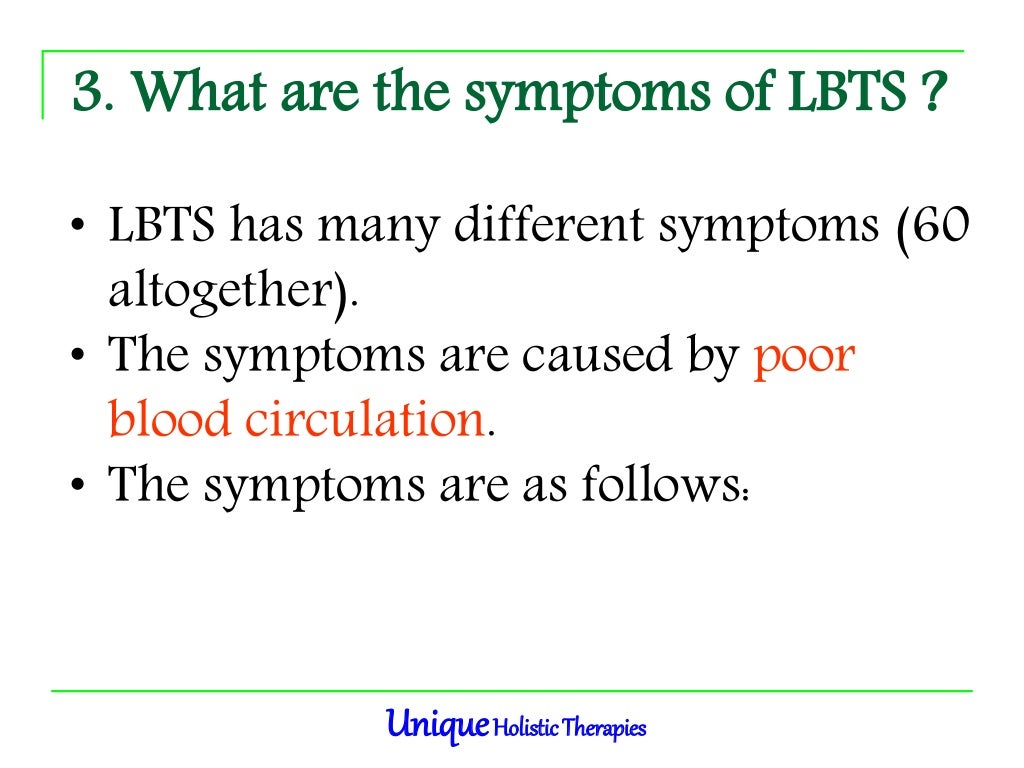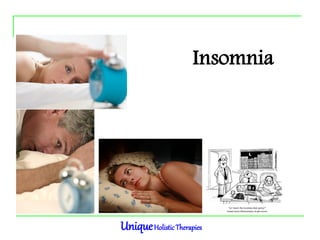
An antibiotic will not reduce a fever or relieve pain. You can give your child paracetamol and ibuprofen if they are on an antibiotic.
6 to 8 hours between each dose of ibuprofenĭo not give more than the recommended dose for your child’s weight. 4 to 6 hours between each dose of paracetamol. If the one you started with does not work, try giving them the other. Start by giving your child either paracetamol or ibuprofen. Talk to your pharmacist for advice.ĭo not give aspirin to children under 12 years of age. Use either paracetamol or ibuprofen to reduce your child's temperature and to relieve the pain. check on your child regularly during the nightĭo not use a cool cloth or sponge to get their temperature down. But what you eat, and how your body uses the nutrients in your food, also matters to mental health. dress your child normally - do not underdress them or overwrap them in clothes Getty Images Most people these days understand that mental health issues have their roots in physical differences in our brains, genes and bodies, and differences in our life experiences. The temperature should go down over 3 or 4 days. You can usually look after your child or baby at home. It's rare for a fever to be a sign of anything serious. The thermometer will come with instructions.ĭo not take your child's temperature immediately after a bath or when they're wrapped in warm clothing. You can buy a digital thermometer at a pharmacy, supermarket or online. The best way to check your child's temperature is with a digital thermometer. feel hotter than usual to touch - on their forehead, back or tummy. If your child has a high temperature they might: is grunting, if they are a baby, or breathing very fast. has a weak or high-pitched continuous cry. cannot be woken up or if woken, does not stay awake. There is a high risk of serious illness if your child: Recovery is harder for babies and older, ill, or inactive adults.There is a low risk of serious illness if your child: Most healthy people with mild to moderate hypothermia recover completely without permanent injury. 
This may happen when they are not dressed warmly enough and aren't prepared for colder temperatures. What are the symptoms The first signs usually include feeling cold and uncontrollable shivering. As the body temperature drops below 32☌, hypothermia becomes severe and life threatening. The normal human body temperature is around 37☌. People who spend lots of time outdoors may also increase their risk of hypothermia. What is hypothermia Hypothermia develops when the body temperature drops below 35☌. And some people have medical conditions or take medications that may increase their risk. This is because their bodies may not be able to control temperature as well. Very young children and older people can be at higher risk. What increases your risk?Īnyone can get hypothermia. Moderate to severe hypothermia generally is treated in the hospital, where doctors can use special techniques to warm the core body temperature. Treatment of mild hypothermia includes getting out of the cold or wet environment, using warm blankets, heaters, and hot water bottles. If you have mild hypothermia, home treatment may be enough to bring your body temperature back up to normal. Medical treatment for hypothermia depends on the severity of the hypothermia. If the person with the low body temperature is not ill, does not have any other problems, and is not an infant or an older adult, then evaluation usually is not needed. Sometimes a normal, healthy adult has a low body temperature, such as 36☌ (96☏). Sometimes, though, your body needs to elevate its temperature above that ideal level to, for example, fight off a cold or flu virus. You need to quickly help the person get warm. If someone begins to shiver violently, stumble, or can't respond to questions, it may be hypothermia.

Often a hiker or skier's body temperature will drop really low before others notice that something is wrong.

It is very important to know the symptoms of hypothermia and get treatment quickly. Shivering, which may stop if body temperature drops below 32☌ (90☏).The trunk of the body is cold to the touch.
 Numb hands and fingers and problems performing tasks. Mild unsteadiness in balance or walking. If you're in water that is 15☌ (60☏) to 21☌ (70☏), you are also at risk for hypothermia.īut hypothermia can occur indoors, especially in babies and older or ill adults who are not dressed warmly enough. Your body temperature can drop even if it is warmer than 10☌ (50☏) if you are out in wet and windy weather. Your body temperature can drop to a low level at temperatures of 10☌ (50☏). Hypothermia can occur when you are exposed to cold air, water, wind, or rain. Hypothermia occurs when the body gets cold and loses heat faster than the body can make it.Ī body temperature below normal can be a sign of hypothermia.Ī rectal temperature is considered the most accurate body temperature.
Numb hands and fingers and problems performing tasks. Mild unsteadiness in balance or walking. If you're in water that is 15☌ (60☏) to 21☌ (70☏), you are also at risk for hypothermia.īut hypothermia can occur indoors, especially in babies and older or ill adults who are not dressed warmly enough. Your body temperature can drop even if it is warmer than 10☌ (50☏) if you are out in wet and windy weather. Your body temperature can drop to a low level at temperatures of 10☌ (50☏). Hypothermia can occur when you are exposed to cold air, water, wind, or rain. Hypothermia occurs when the body gets cold and loses heat faster than the body can make it.Ī body temperature below normal can be a sign of hypothermia.Ī rectal temperature is considered the most accurate body temperature.








 0 kommentar(er)
0 kommentar(er)
